The Green Mountain State’s Renewable Energy Revolution
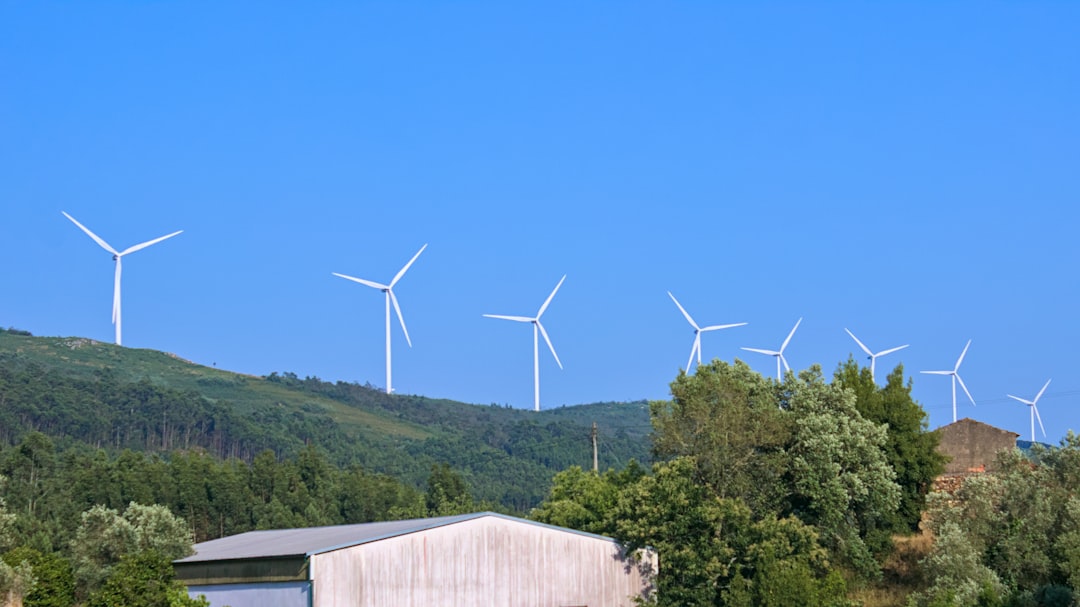
You might think you know Vermont, but here’s something that’ll blow your mind: Vermont generates nearly 100% of its in-state electricity from renewable resources, making it the nation’s leader for any state. That’s not just impressive – it’s downright revolutionary in today’s energy landscape. Since the Vermont Yankee Nuclear Power Station shut down permanently at the end of 2014, the state has transformed its energy profile completely, with more than 80% of its electricity now coming from out of state, primarily from hydroelectric power generated in Canada. This transition shows how Vermont doesn’t just talk about sustainability – they make it happen. The numbers tell a remarkable story: conventional hydroelectric power accounts for 57% of in-state generation, while solar energy makes up about 16% from both large and small-scale installations. Solar generation has even surpassed wind’s contribution every year since 2021, proving Vermont’s commitment to diversifying its clean energy portfolio.
Pioneering 100% Clean Energy by 2035
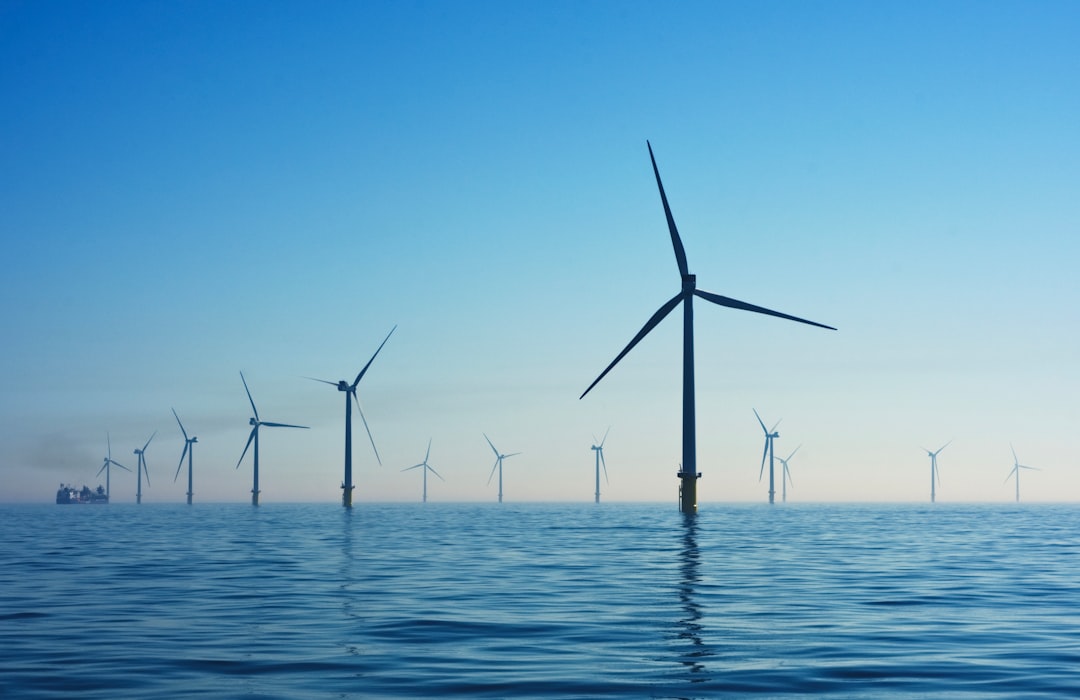
While other states are still debating climate goals, Vermont has already passed legislation that’ll make jaws drop. The passage of Vermont’s updated Renewable Energy Standard sets the state on a path toward 100% renewable electricity by 2035, making it only the third state in the nation to require all in-state utility providers to meet such an ambitious timeline. This isn’t some pie-in-the-sky dream either – it’s backed by solid planning and investment. Starting in 2025, utilities must procure at least 63% of their energy from renewable sources, increasing each year until reaching 100% by 2030 for most utilities. The legislation goes beyond simple targets, too. By 2035, utilities will need to purchase 20% of their electricity from small, recently constructed in-state renewable projects (mostly solar installations), while Green Mountain Power must source an additional 20% from regional renewable projects. Talk about putting your money where your mouth is.
America’s Food Waste Recovery Champion

Here’s where Vermont gets really interesting – they’re not just leading in energy, they’re revolutionizing how America thinks about waste. Vermont has achieved an estimated food waste recovery rate of 50.7% to 56.8%, which experts believe may be at the high end of food waste recovery rates in the United States, with no other states attempting to estimate their food waste recovery rate. This success stems from Vermont’s groundbreaking Universal Recycling Law, which took a no-nonsense approach to food waste. Although the percentage of food scraps in municipal solid waste decreased only slightly from 19.4% in 2018 to 18.8% in 2023, the underlying tonnage decreased by 13%, supporting the effectiveness of the mandated food waste disposal ban. The state didn’t just pass laws and hope for the best – they created a comprehensive system. Vermont Foodbank alone diverted 3,430 tons (6,860,000 pounds) of food waste from landfills, representing 2.2% of estimated food waste in the state and 4.2% of diverted food waste.
Revolutionary Waste Management That Actually Works
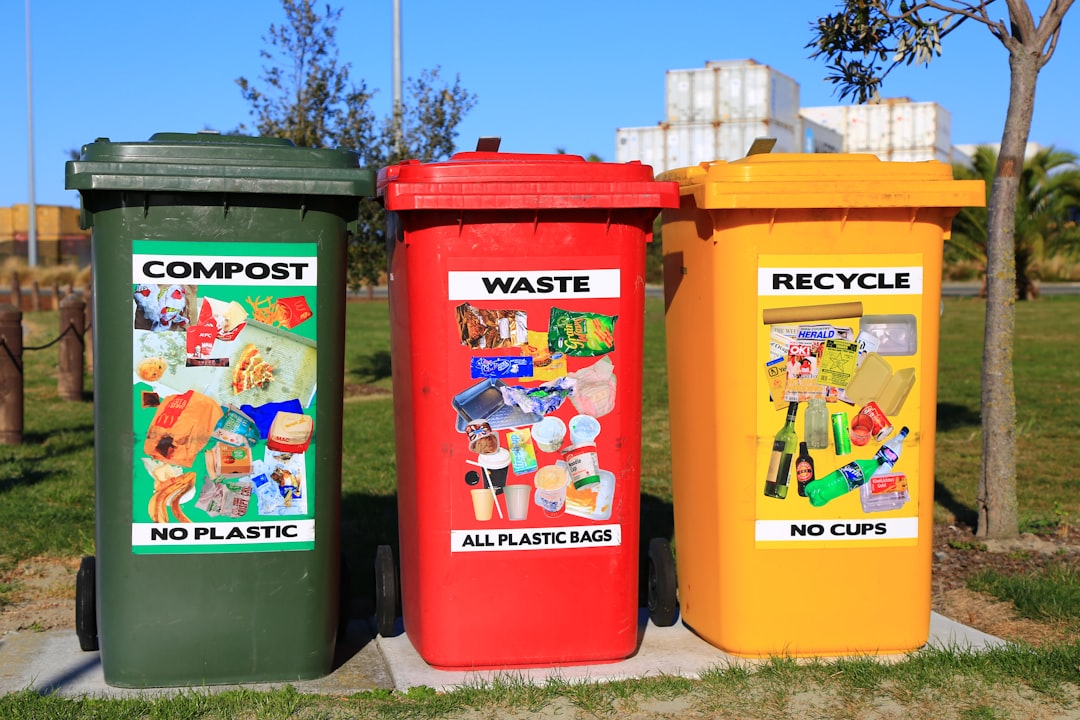
Vermont’s approach to waste management reads like a sustainability playbook that other states should copy. While only about 35% of Vermont’s “waste” gets recycled, composted, or reused (matching the national average), this rate hadn’t changed for more than 10 years before the Universal Recycling law was passed. But Vermont didn’t accept the status quo. If everyone recycled and composted, Vermont could cut its landfill waste by almost half. The state implemented something called “Pay-As-You-Throw” pricing, which is genius in its simplicity. All Vermont towns had to require waste collectors to charge for trash based on its volume or weight, similar to paying for the amount of electricity used instead of a flat fee, so people can pay less if they produce less trash. They also made recycling unavoidable – any trash container in a public space needs to be accompanied by a recycling container.
Heat Pump Revolution Heating Up Vermont Homes
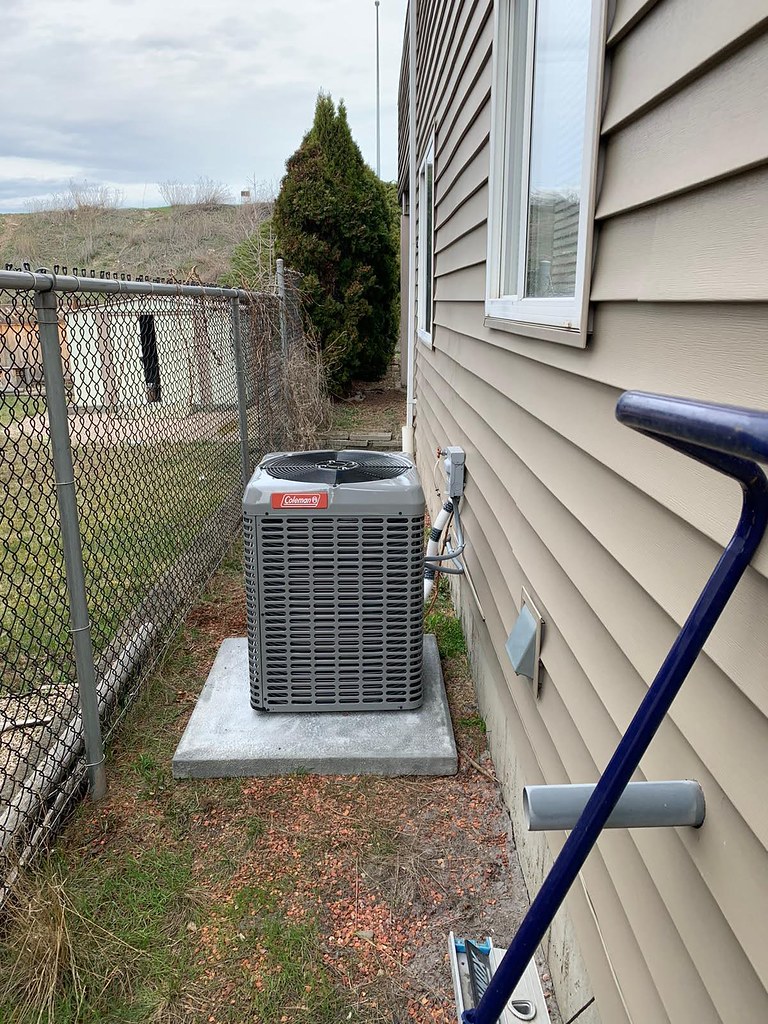
When it comes to home heating, Vermont is literally changing the game with heat pumps. By 2023, nearly 60,000 heat pumps were installed, which is still roughly two-thirds of what the Climate Action Plan says Vermont would need to meet the 2025 emissions deadline. But the state isn’t slowing down – they’re doubling down with serious money. Vermont’s HEAR program offers low- and moderate-income households up to $8,000 for heat pump installations, with moderate-income households able to receive rebates covering up to 50% of the cost. The program gets even better for those who need it most. $10 million of Vermont’s HEAR award is dedicated to installing heat pumps at no cost in qualifying low-income households served by the Weatherization Assistance Program. Green Mountain Power has more than doubled its enhanced heat pump rebate for income-eligible customers to $2,000, up from $600, showing how Vermont utilities are stepping up to support the transition.
Electric Vehicle Infrastructure Leading the Northeast
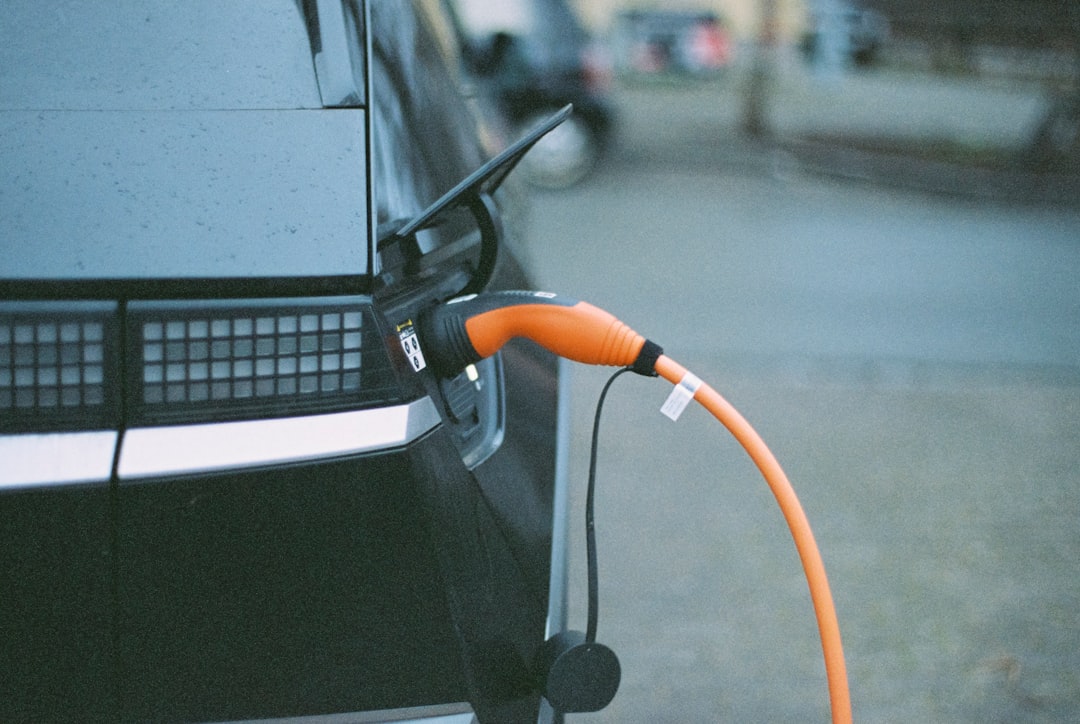
Vermont’s approach to electric vehicles shows they understand that sustainability requires comprehensive planning, not just wishful thinking. The state ranks 32nd in the nation in terms of total public charging locations, with 426 as of October 2024, which might seem modest, but Vermont’s doing something smarter – they’re making EVs accessible to everyone. Climate smart transportation incentive programs help income-qualified Vermonters reduce their transportation-related emissions, with VTrans working with partners including Drive Electric Vermont to offer programs that replace internal combustion vehicles with new or used efficient and electric vehicles. The state has authorized four statewide vehicle incentive programs, including rebates for new electric vehicles and high-efficiency used vehicles. Since 2019, VPPSA alone has provided over $890,000 on more than 2,000 incentives to help Vermonters reduce fossil fuel use.
Smart Grid Technology That’s Actually Smart
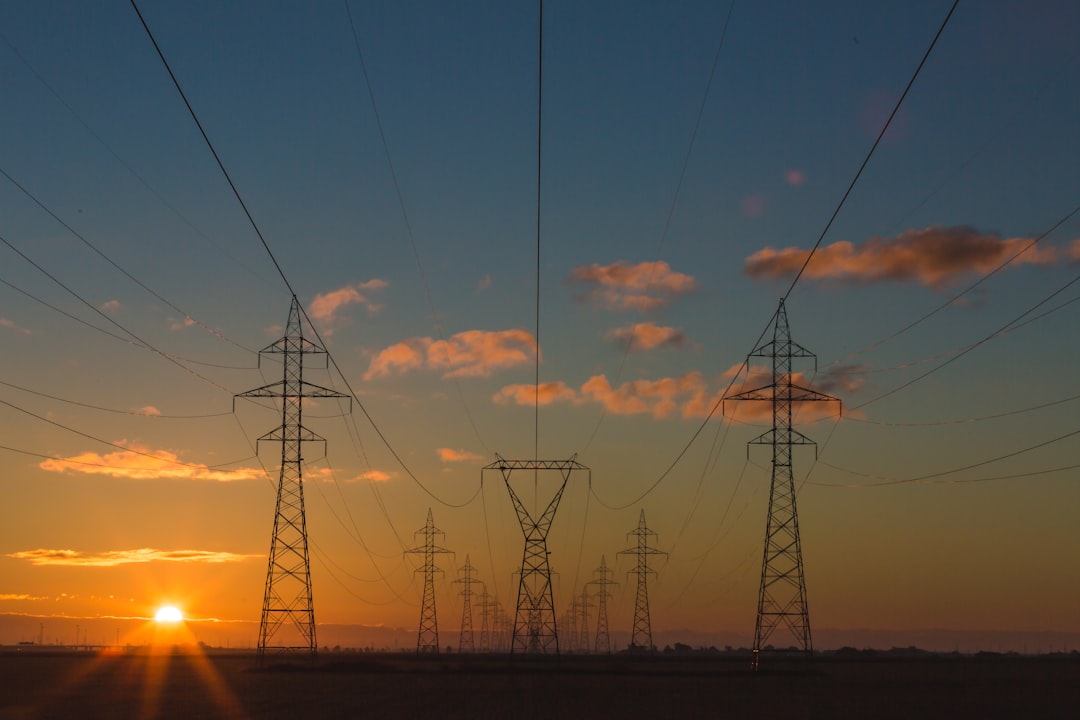
Vermont doesn’t just talk about the future – they build it. Vermont has one of the most sophisticated smart grid implementations in the United States, with the state, VELCO and all 20 distribution utilities building a 17-terabit-capable dark fiber optic network to all electrical substations at a cost of about $53 million, recovered from operations savings. This isn’t just tech for tech’s sake – it’s practical infrastructure that prevents outages and improves efficiency. Efficiency Vermont engages in aggressive initiatives to cut residential electricity waste, which often identifies other problems like leaks, pest entry points, mold, and rot that can save hundreds per household per year, making Vermont’s overall energy bills relatively lower than in the rest of New England. The result? Vermont has the lowest carbon footprint electricity sector in the country and, as of 2010, had the lowest wholesale electricity costs in New England.
Carbon Footprint That Puts Other States to Shame
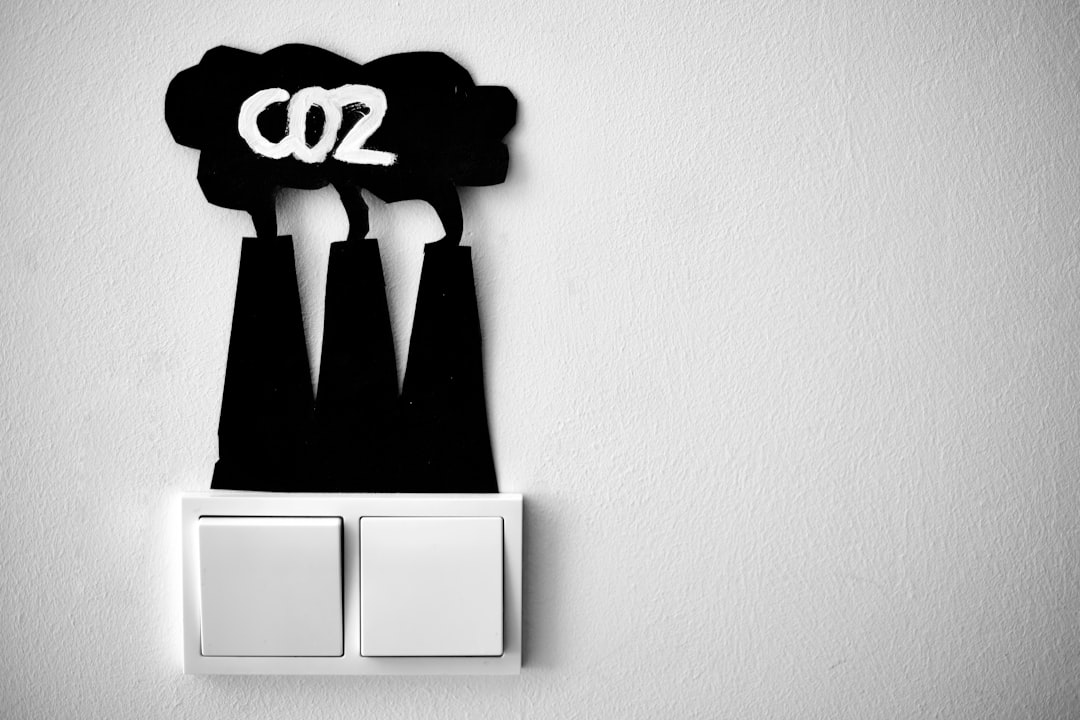
Here’s a statistic that’ll make environmentalists everywhere jealous: Vermont has the lowest carbon dioxide emissions of any state in the nation. But Vermont didn’t achieve this by accident – they’re part of strategic regional initiatives. Vermont is a member of the Regional Greenhouse Gas Initiative (RGGI), which was established in 2005 to cap and reduce greenhouse gas emissions from power generation, with proceeds from the sale of RGGI carbon allowances helping fund state energy efficiency programs. The results speak for themselves. In 2023, Green Mountain Power residential and business customers offset more than 629 million pounds of lifetime carbon through GMP’s incentive programs, equivalent to preventing the burning of 2.4 million barrels of oil. Green Mountain Power serves more than 270,000 customers with electricity that’s 100% carbon free and 80% renewable on an annual basis, providing solutions to cut carbon while delivering electricity that is clean, affordable, and always on.
Environmental Education Starting Young
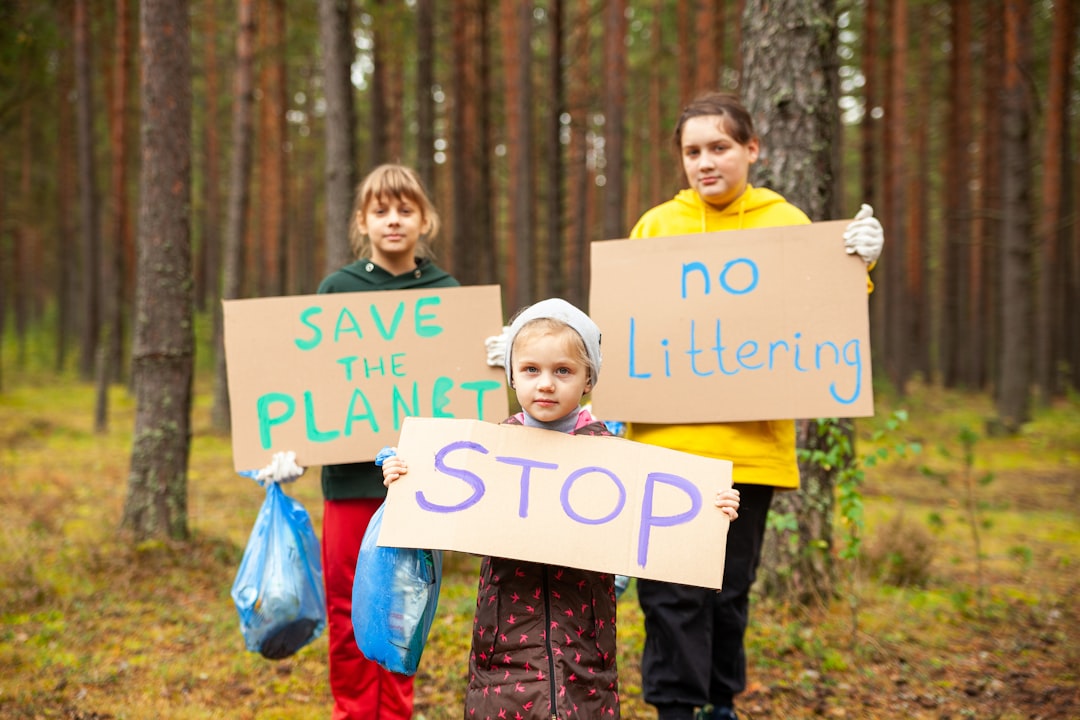
Vermont understands that sustainability isn’t just about today – it’s about building the next generation of environmental stewards. Even at the elementary school level, teachers are imparting to Vermont kids the importance of protecting the environment at innovative schools like Burlington’s Sustainability Academy. The state’s educational commitment runs deep through higher education too. The Vermont Law School has consistently ranked as one of the best environmental law programs in the country for over a decade, while the University of Vermont’s Gund Institute for Environment is currently undertaking Vermont’s largest climate change study. This isn’t just academic exercise – global eco-warrior group 350.org was founded by Vermonter Bill McKibben, showing how Vermont’s environmental education creates real-world impact.
Policy Innovation That Gets Results
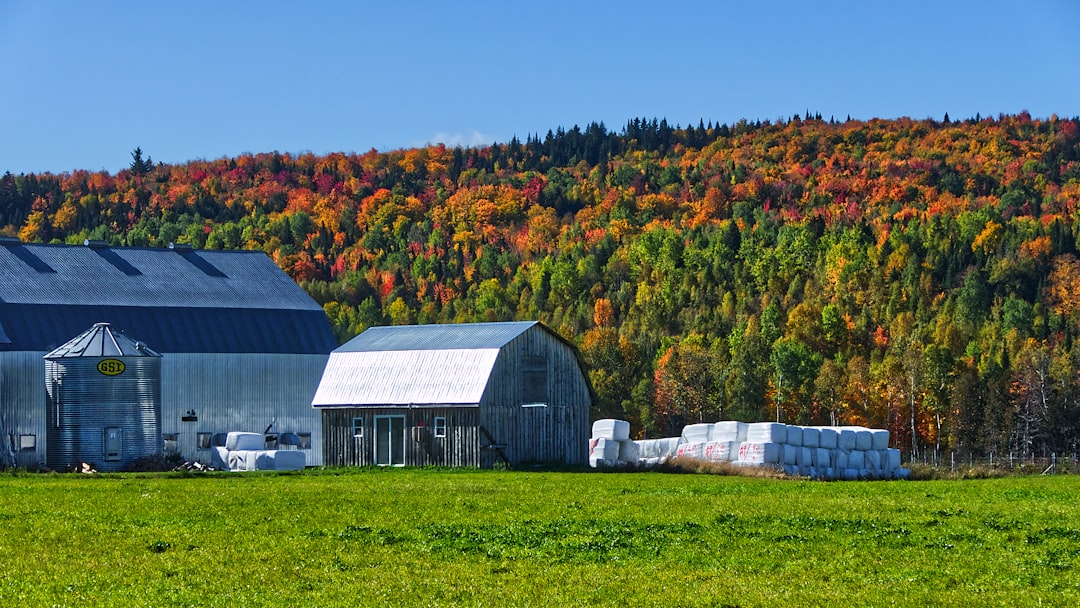
Vermont doesn’t just follow environmental trends – they create them. Vermont is a national leader in sustainability, breaking ground with landmark legislation like banning single-use plastics and laws banning food scraps from landfills while requiring composting. The state’s approach is comprehensive and forward-thinking. Vermont’s Global Warming Solutions Act requires the state to reduce greenhouse gas pollution to 26% below 2005 levels by 2025, with emissions needing to be 40% below 1990 levels by 2030 and 80% below by 2050. But Vermont doesn’t just set goals – they create the infrastructure to meet them. The 2024 Vermont Materials Management Plan serves as a guide for waste management actions from 2025 through 2029, with outreach as a priority, making web-based resources proactively available to the public through connections with libraries, schools, municipal offices, and businesses.
Economic Benefits of Going Green
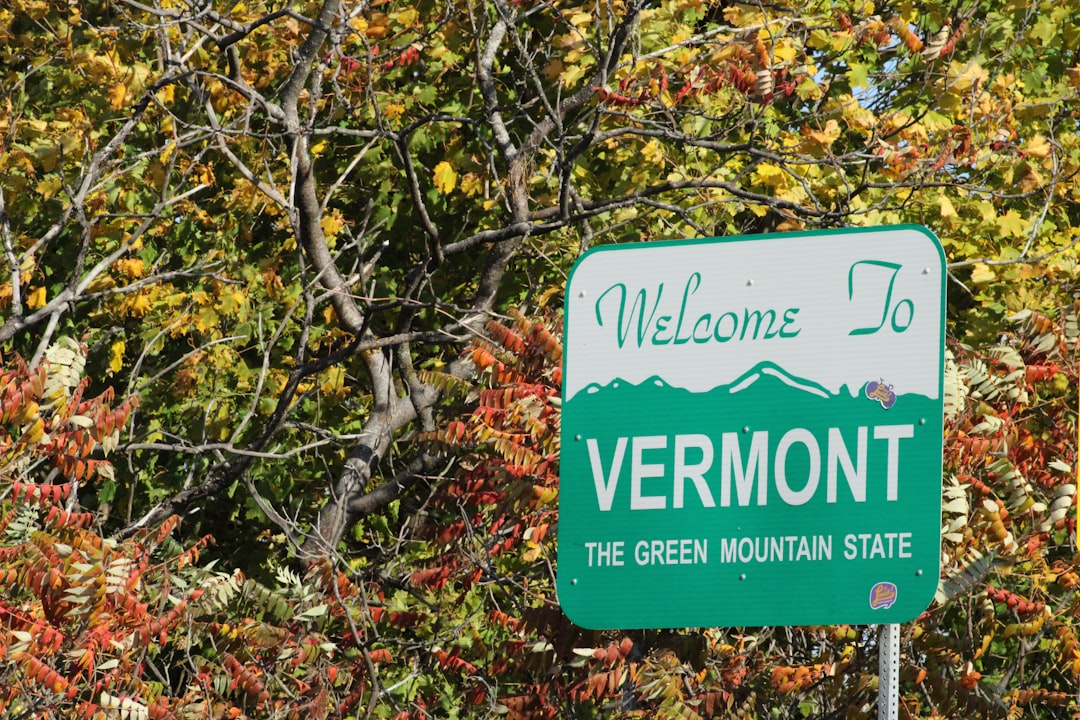
Here’s something that might surprise skeptics: Vermont’s green initiatives aren’t just good for the planet – they’re good for wallets too. Vermont’s average per capita income is $51,085, with household income levels showing a median of $78,024 and a poverty rate of 10.27%. The state’s commitment to sustainability creates jobs and economic opportunities. Vermont’s Agency of Natural Resources is a key employer in the environmental sector, with careers running from scientist to wildlife information specialist, while the Department of Environmental Conservation works to preserve, enhance, restore and conserve Vermont’s natural resources and protect human health. Organizations like the Vermont Sustainable Jobs Fund, Vermont Land Trust, Vermont Natural Resources Council, and Nature Conservancy work statewide and locally on environmental protection, with environment-focused jobs found throughout Vermont’s nonprofit sector.
Climate Challenges and Honest Responses
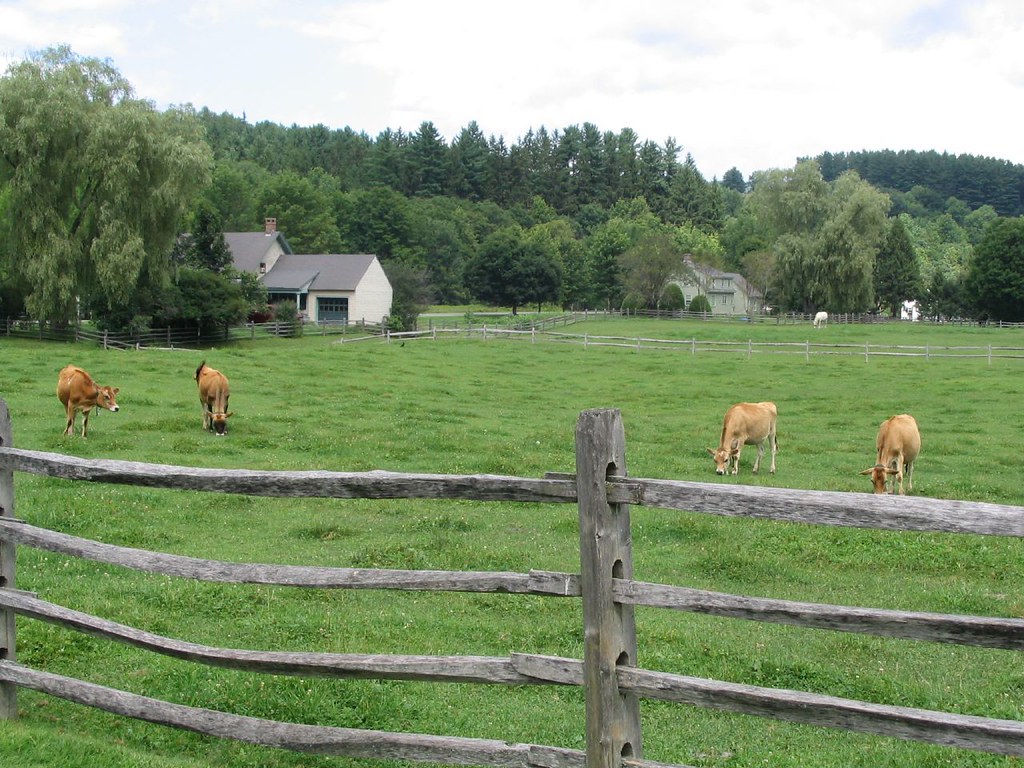
Vermont’s sustainability leadership doesn’t mean they’re perfect – and they’re honest about their challenges. From 2023 to 2024, Vermont made no significant progress in reducing emissions from transportation and home heat, with liquid heating fuel sales decreasing by about 4.8% while gasoline sales increased by roughly 1%. But here’s what sets Vermont apart – they face these challenges head-on. 2024 was the warmest year on record for the state, with winters warming faster than the global average largely due to human-caused climate change, leading analysts to conclude that the largest factor in declining fossil heating fuel sales is related to declining heating demand. Vermont taxpayers have invested hundreds of millions of dollars in reducing emissions over the past five years, and while many forces impact decarbonization efforts including upfront costs and workforce constraints, the investments being made are integral to driving long-term reductions in greenhouse gas emissions.
Innovation in Sustainable Transportation
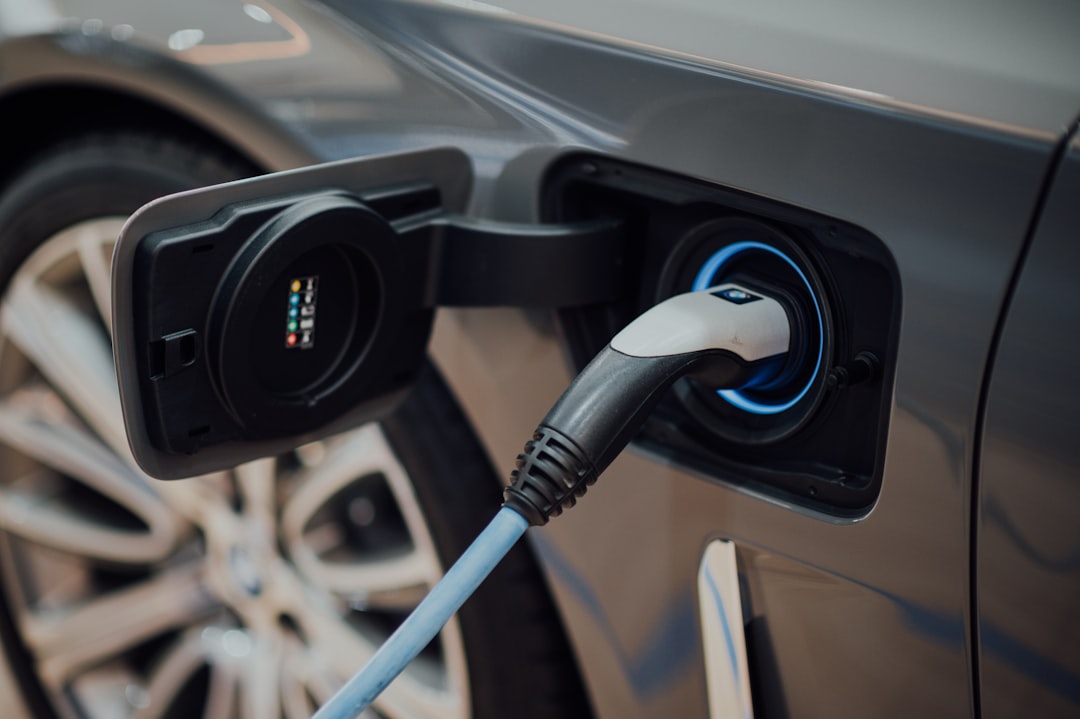
Vermont’s taking creative approaches to sustainable transportation that go beyond just electric cars. The Electrify Your Fleet program helps businesses, municipalities, and nonprofit organizations reduce climate impacts from fleet vehicles, offering first-come, first-served grants of up to $2,500 for each internal combustion engine vehicle replaced with electric transportation options like plug-in electric vehicles, electric motorcycles, bikes, or even electric snowmobiles. The state’s also getting creative with individual incentives. Income-qualifying customers can receive an additional $400 on new or used electric or plug-in hybrid vehicles, with eligibility for both all-electric and plug-in hybrid electric vehicles. Between 2024 and 2026, electric utilities can use state funding to modify existing EV incentive programs to help individuals with high gasoline use or low-to-moderate income transition to EVs, with investor-owned utilities required to prioritize low-income communities.
Vermont’s leadership in sustainability isn’t just about feel-good policies or green marketing – it’s about real results, innovative solutions, and a commitment to building a better future. From pioneering renewable energy standards to revolutionizing waste management, from making heat pumps accessible to everyone to creating jobs in the green economy, Vermont proves that environmental leadership and economic prosperity can go hand in hand. What makes Vermont truly special isn’t perfection – it’s their willingness to tackle challenges honestly, invest in solutions that work, and lead by example rather than just rhetoric.




